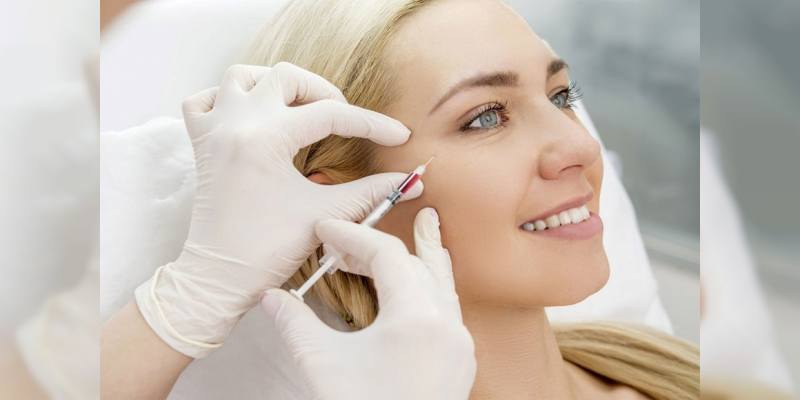With PRP, about 20 ml of blood is collected from the patient, it is decomposed with disposable special and centrifuge devices. 2-6 ml of the decomposed part has the platelet-rich plasma and is injected into the damaged part of the patient. PRP, which is used for many musculoskeletal injuries, has growth factor which makes contribution to repair and recovery of the tissue. The recovery process is expedited by the accumulation of more cells in the damaged tissue than the platelets collected under normal conditions. It does not cause any allergic reaction as it is obtained from one’s own blood.
For which diseases is PRP used?
- Osteoarthritis (Decrease in pain, correct functioning can be observed.)
- Tennis elbow
- Achilles tendinitis (This disease which is generally seen in sporter is an inflammatory disease caused by forcing or excessive use of the tendon.)
- Plantar fasciitis
- Muscle injuries (It is used for intramuscular bleeding or muscle contraction in sporter, so that sporter can get back to sports easily.)
- Knee ligament injuries
PRP is prepared from one’s own blood, it is not a medication. Its effect is limited to the application area. PRP treatment can be applied with just one’s own blood, blood of another person cannot be used.
What are the differences between PRP and Stem Cell Treatment?
Stem cells can reproduce themselves and transform into different tissue cells. They can repair and rejuvenate every tissue and organ in the body. Stem cells have the ability to reproduce and customize themselves. When stem cells are divided, they can produce their own or other cell types.
PRP ( Platelet-rich plasma ) cannot reproduce itself. It just makes a contribution to the recovery of the applied area. It contains many cell-growing hormones and factors. In case of any muscle, ligament or tendon injury in the body, platelets accumulate in the damaged area and form a blood clot that stops the bleeding. Afterward, they start tissue repair by releasing growing factor to provide recovery.
For more information about stem cell treatment, you can read the Stem cell treatment article.
How is PRP applied?
PRP treatment process is determined according to the aim of the treatment and area to be applied. The procedure is performed after number of injection sessions is determined.
PRP treatment is started with obtaining about 20 cc blood. This blood obtained with a special tube is placed in a special device for the centrifuge process. A centrifuge process is completed within 7-10 minutes. Within this time, local anesthetic cream is applied to the application area. After the centrifuge process, it can be seen that platelet-rich part is in the upper part of the tube. 2-6 cc white blood is on the top, and the rest is at the bottom. The upper white part is taken with injection and is injected into the damaged area. The process takes about 20 minutes in total.
What to pay attention to after PRP?
- To avoid touching to the area where PRP is applied,
- To avoid challenging exercises after the application.
Is there any adverse effect of PRP?
As PRP is the production of the patient, it does not cause any damage or adverse effect. Due to allergic reactions caused by the needle, rarely symptoms such as redness, burning, itching, edema can be seen in the injection area.
How many sessions of PRP is applied?
The session number varies depending on applied procedure. Generally, PRP is applied in 3 sessions (1-week intervals) for osteoarthritis of knee, 2 sessions for tennis elbow and 2 sessions in plantar fasciitis. While 1 session may be sufficient for some tennis elbow patients, some osteoarthritis of knee patients may have an effect in 2 or 1 session. The number of sessions varies depending on condition of the patient.
When does PRP affect?
PRP is different from other injection therapies in terms of recovery principle. While most of the non-surgical treatment method is to eliminate the pain or other complaints, the aim of PRP is repairing. Due to its principle, its effect is not seen instantly. For example, when it is applied to a patient having osteoarthritis of knee, it increases the pain at first. However, the pain reduces and stops by time.








